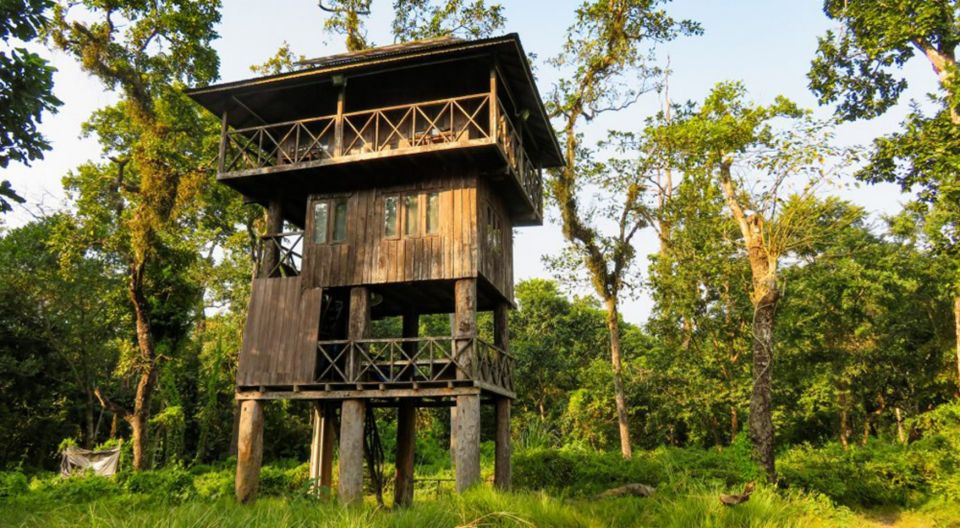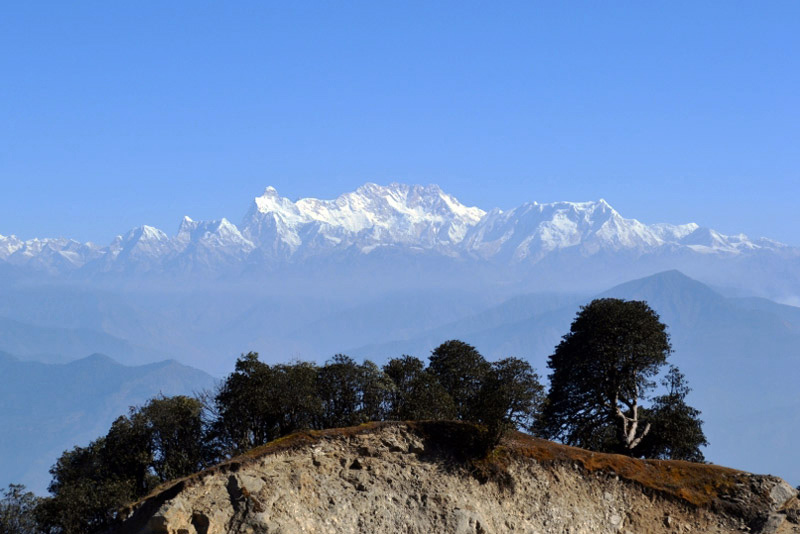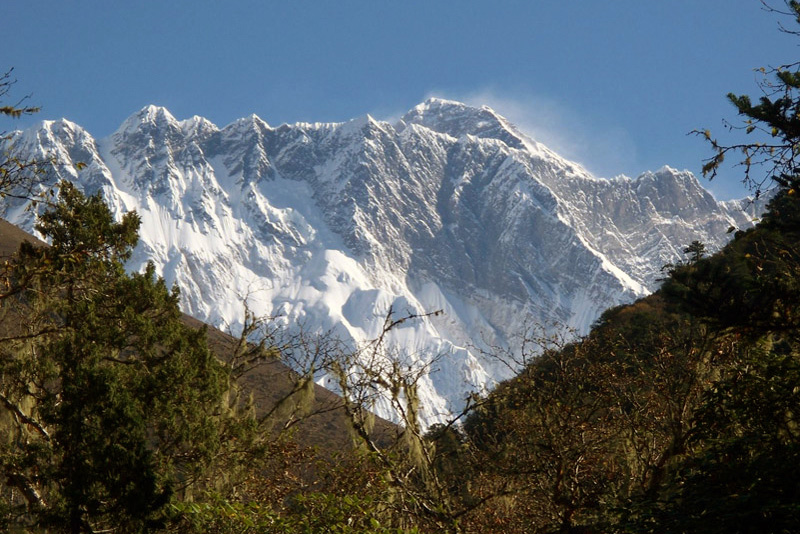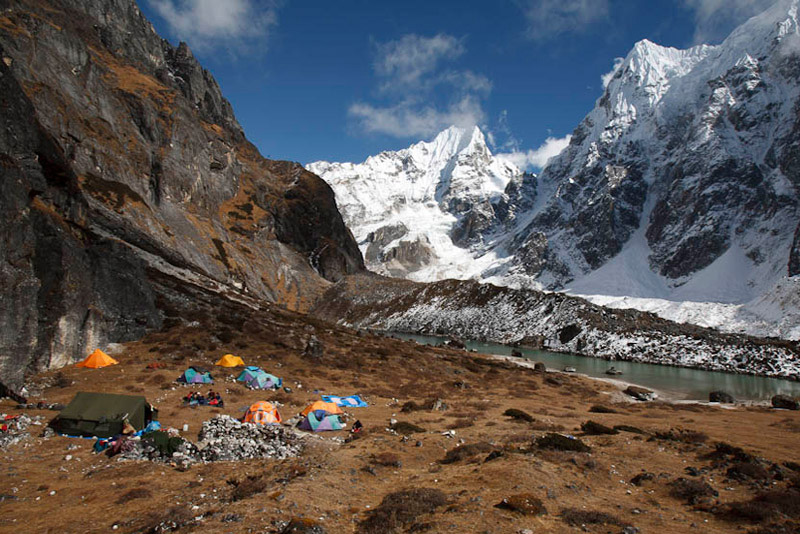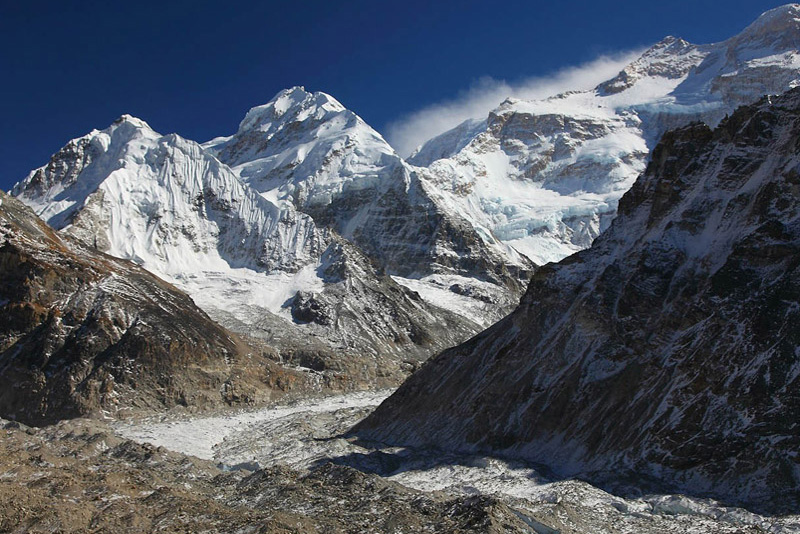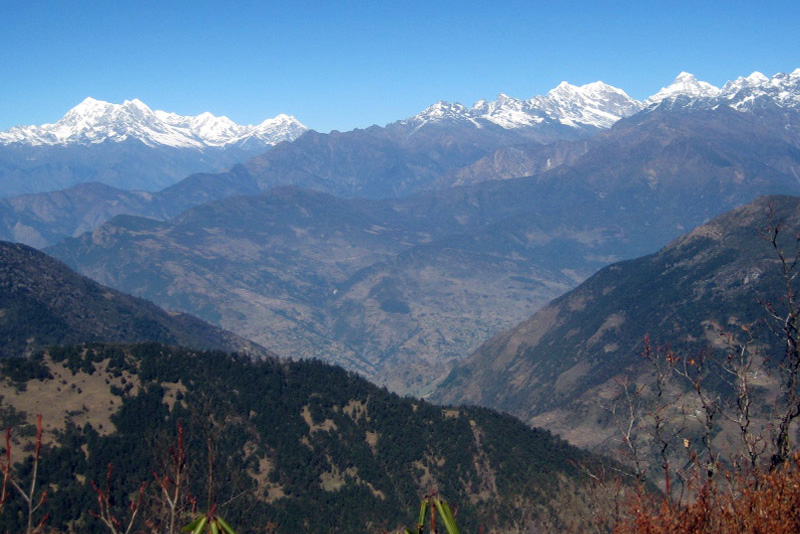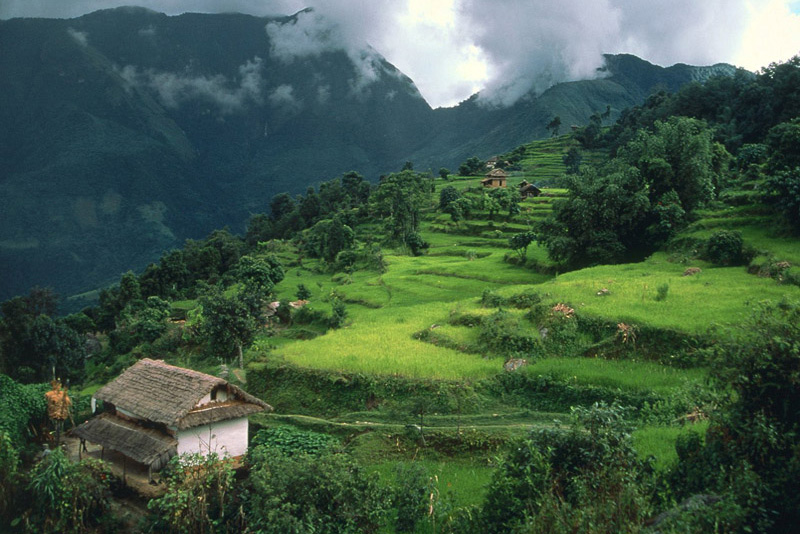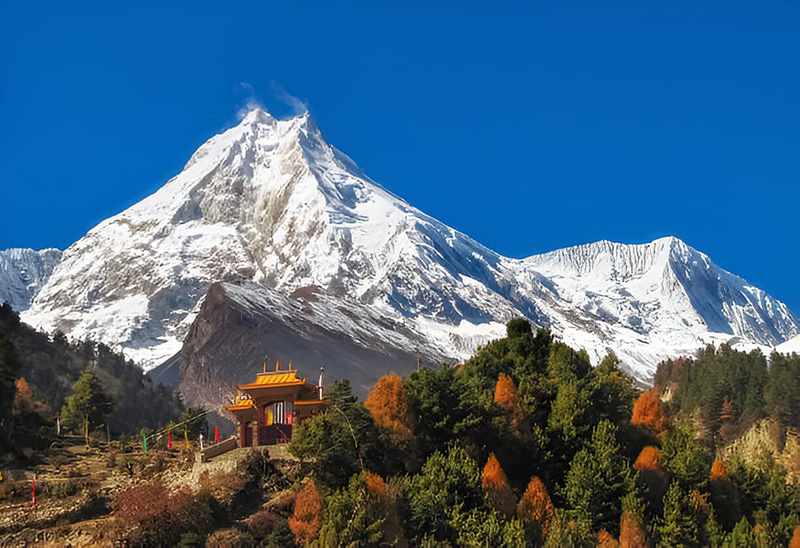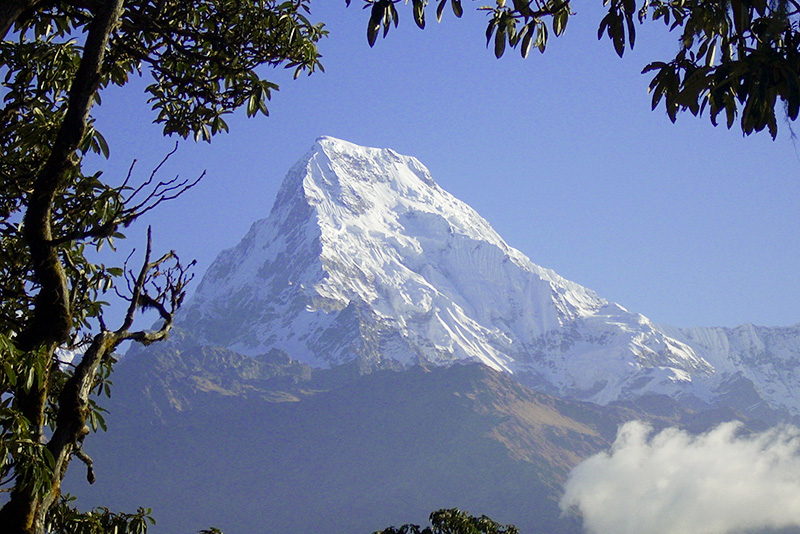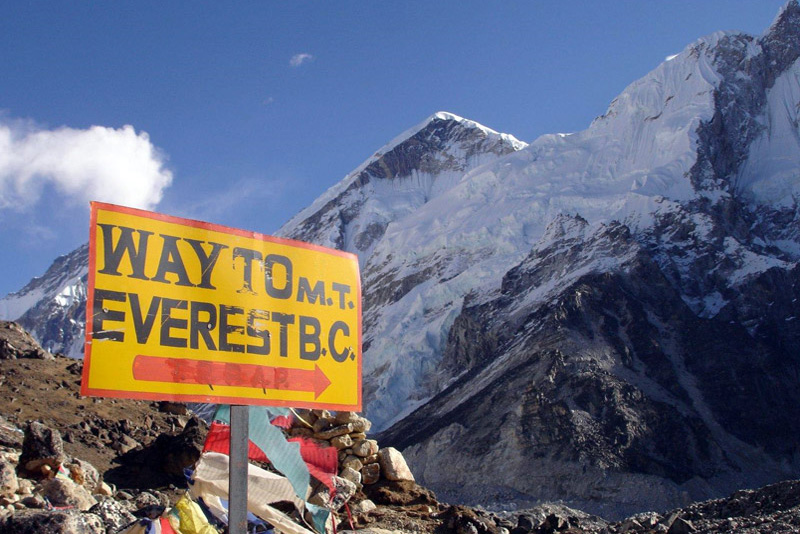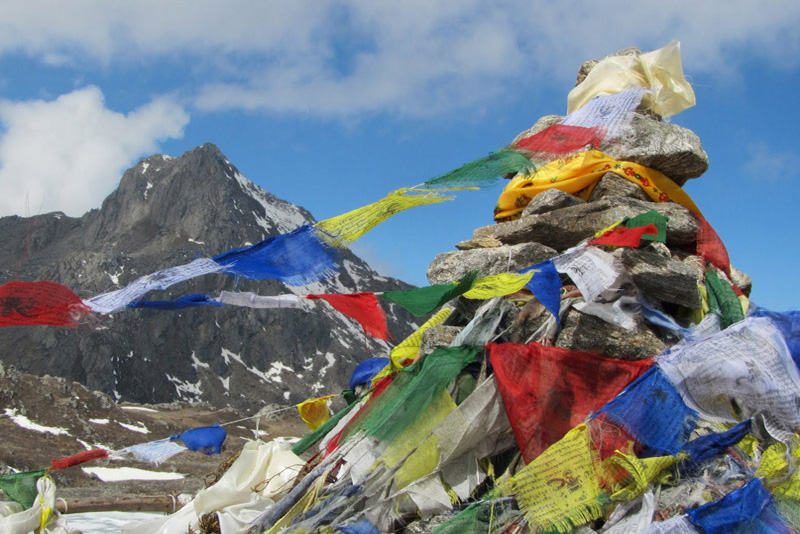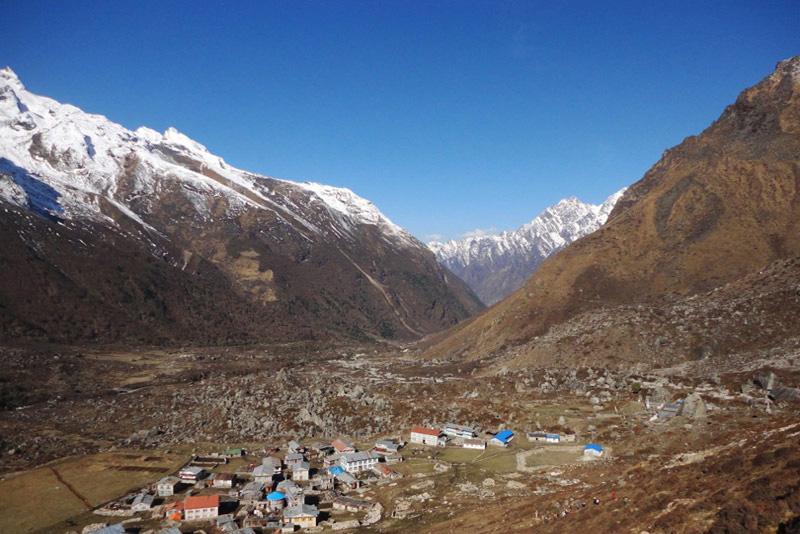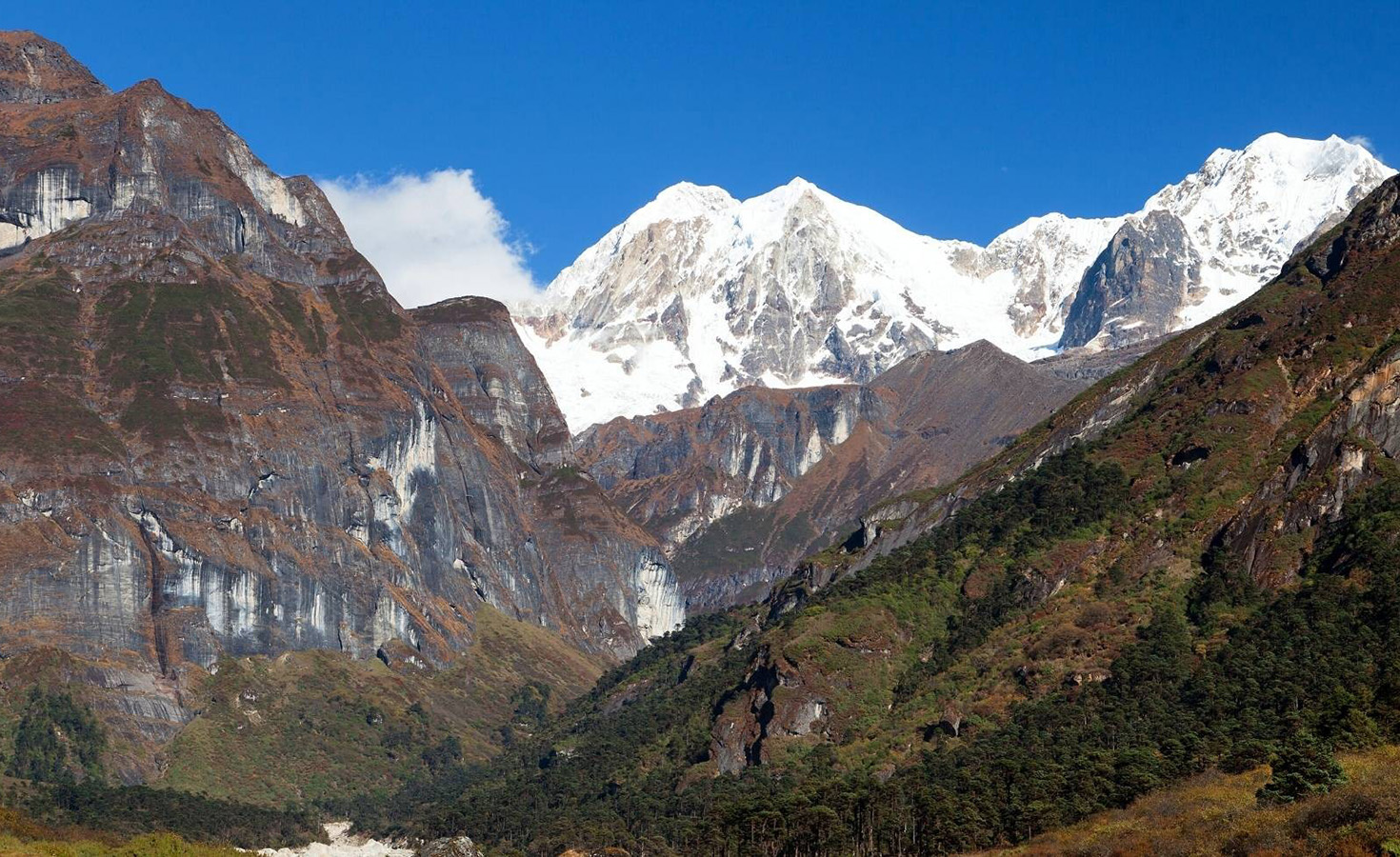
Eastern Nepal Region
If you are seeking adventure trekking, eastern Nepal is the ideal destination to fulfill your desires. The area is remote and challenging to access, lacking the comfortable amenities typically found in popular trekking regions. If you are planning to go on a self-sufficient camping trek, it is important to make sure you plan in advance and come prepared. Prepare to be amazed by the towering peaks of the world as you embark on a hiking adventure through ancient villages, where you will have the incredible opportunity to immerse yourself in the rich cultures of the Sherpas, Rais, Walungs, and Limbus. The trekker has two main options. The user is asking about the base camp of either Makalu (8463m), the world’s fifth highest peak, or Kanchenjunga (8586m), the world’s third tallest peak.
In 1955, a French expedition successfully climbed Makalu, which stands at an impressive height of 8463m. Prior to this achievement, renowned mountaineer Edmund Hillary had attempted to conquer Makalu twice but was unsuccessful. The journey to Makalu (8463m) begins at the small airstrip of Tumlingtar. Before embarking on the trek, visitors can find comfortable accommodations and make phone calls at Hotel Arun. The route typically takes 18 days to complete. The camping trek begins at Tumlingtar, situated just under 500m, and ascends to the base camp of Makalu, reaching an elevation of 5000m. The wide range of elevation presents a challenge, as it requires being prepared for both the hot weather in the lowland valleys and the significantly colder conditions at higher altitudes. The base camp itself is similar to that of Everest, as it is spread out on the Barun Glacier. The base camp and the breathtaking view of Makalu are often referred to as the “throne of the gods.” Other majestic peaks that can be seen from here include Chhamlang (7319m), Jalijale Himal (7319m), Lhotse Sar, Everest, Lhotse, and Hongku Chuli.
At 8,586 meters, Kanchenjunga is the third highest peak in the world, surpassed only by Everest and K2. The mountain was initially climbed in 1955 by a British expedition. The mountain spans the border between India and Nepal, which makes it impossible to complete a full circuit. However, for the most adventurous individuals, it is possible to embark on a 4-week trek that combines both the North and South Base Camps. The journey to the North Base Camp, Pang Pema (5140m), takes you to the awe-inspiring north face of Kanchenjunga. The journey to the south base camp is quite challenging, as it involves climbing over 15,000 meters of vertical elevation within a span of only 14 days. This entails navigating a series of ridges, ascending and descending multiple times. The views on both treks are truly breathtaking, offering trekkers a rewarding experience of solitude and a glimpse into what the Everest region might have been like 50 years ago.
Top Add-on Trips
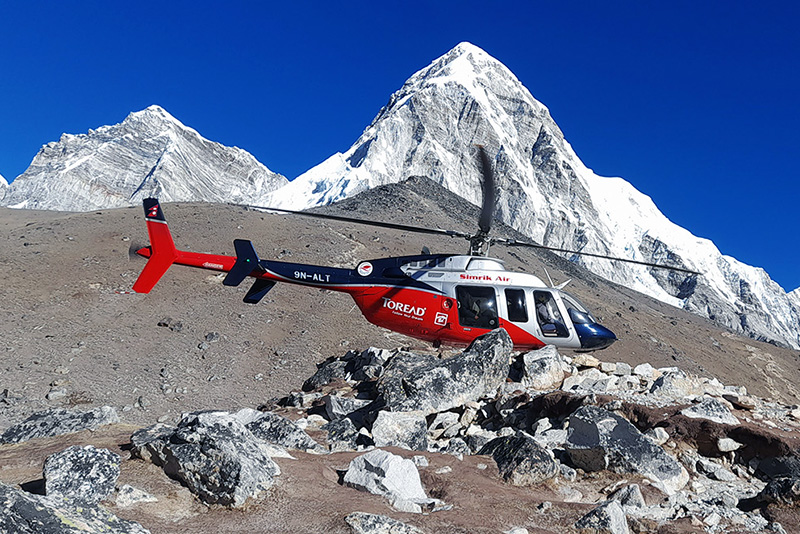
Everest Base Camp Helicopter Tour

Monastery Stay Tour
